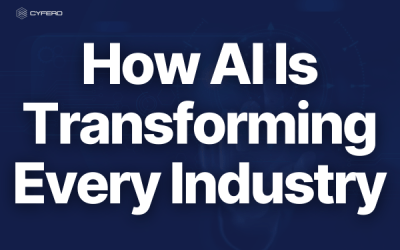Middle Management Bureaucracy: A Threat to Higher Education
The growth of middle management bureaucracy within higher education institutions poses a significant threat to the quality and efficiency of education. Economist Gigi Foster from UNSW Sydney recently highlighted this issue at an Australian Higher Education conference, stating that the gulf is growing between self-perpetuating middle management and the individuals who truly produce value for universities.
One of the key problems identified by Foster is the increasing number of non-academic middle managers at the expense of those who directly contribute to the academic mission. Student-to-staff ratios have risen, and the proportion of non-academic staff has surpassed that of academic staff. While university funding has increased, a large portion of it is being used to support the growing number of middle managers.
Despite the growth of bureaucracy, there is little evidence that universities have become better as a result. Foster points out that student outcomes, quality of learning, and starting salaries have not seen substantial improvements. This calls into question the effectiveness and necessity of the ever-expanding bureaucracy.
University funds are also being directed towards “the top brass” and consultancies that could ideally be handled internally. In fact, Melbourne University spent a significant amount (AUD$38 million / £20 million) on external consultants for various services including the implementation of a finance and human resources system and “microstrategy development” for data policy governance.
However, the issue highlighted by Foster is nothing new, as in 2013 Professors Graves and Barnett posted a commentary ‘Reform Australian universities by cutting their bureaucracies’ which stated “as Australian politicians are preparing to reform the university sector, there is an opportunity to take a closer look at the large and powerful university bureaucracy …. as only one third of university spending is allocated to academic salaries”.
To address this issue, the higher education sector needs to find innovative ways to streamline outdated processes and reduce bureaucratic burden. The emergence of technologies such as artificial intelligence (AI) offers a potential solution. Platforms like the Cyferd Platform, which leverages AI and data-driven approaches, can help universities transform their operations.
The Cyferd Platform acts as an ecosystem that enables universities to simplify processes, foster collaboration between departments and faculties, and provide accurate data for improved decision-making. By connecting with existing solutions and legacy systems, it avoids the creation of data silos, making information readily available and easily accessible to staff and students. This level of efficiency allows universities to innovate quickly and adapt to emerging needs without extensive consultancy or development time.
By leveraging technologies like the Cyferd Platform, universities can refocus their efforts on their core mission of educating students. The platform’s ability to streamline processes, improve data analysis, and create a more student-centered environment will ultimately lead to better educational outcomes and a more efficient higher education system.
In conclusion, the ever-growing middle management bureaucracy within higher education institutions poses a significant threat to the quality and efficiency of higher education. This issue not only diverts resources that could be better utilized for academic purposes but also hinders innovation and impedes progress. Embracing technologies like AI and platforms such as the Cyferd Platform can help universities break free from bureaucratic constraints and refocus on their fundamental purpose: providing an enriching and effective education for students.
From SageX3 Limits to Full Flexibility: Harvest Pet Products
Seamless Salesforce Integration with Cyferd
How to Fix a Fragmented Tech Stack and Cut Costs
How AI Is Transforming Every Industry in 2025
How to Build AI-Powered Apps That Guide Better Decisions
Case Study: TesTex Transforms Operations with Tick9 & Cyferd
How Cyferd Made Voult Possible – And Why That Matters for Insurance
Why tick9 Partners with Cyferd to Accelerate Results
Optimize Your Tech Stack for Maximum Business ROI
Reimagining Work with AI and Operational Knowledge
Cyferd in the Press
As seen in
Let’s Get Started
Ready to Drive Transformation?
New York
Americas Tower
1177 6th Avenue
5th Floor
New York
NY 10036
London
2nd Floor,
Berkeley Square House,
Berkeley Square,
London W1J 6BD



















